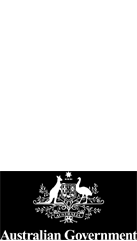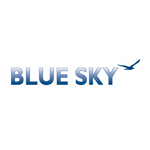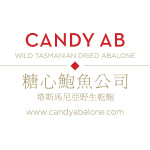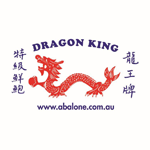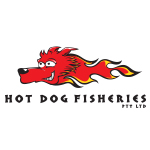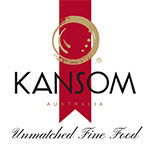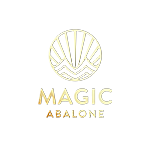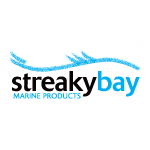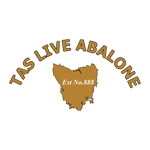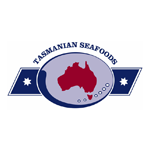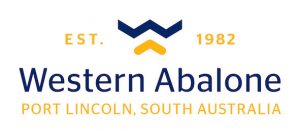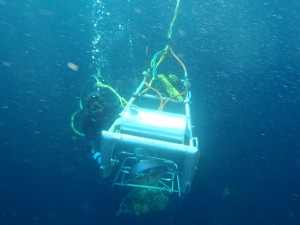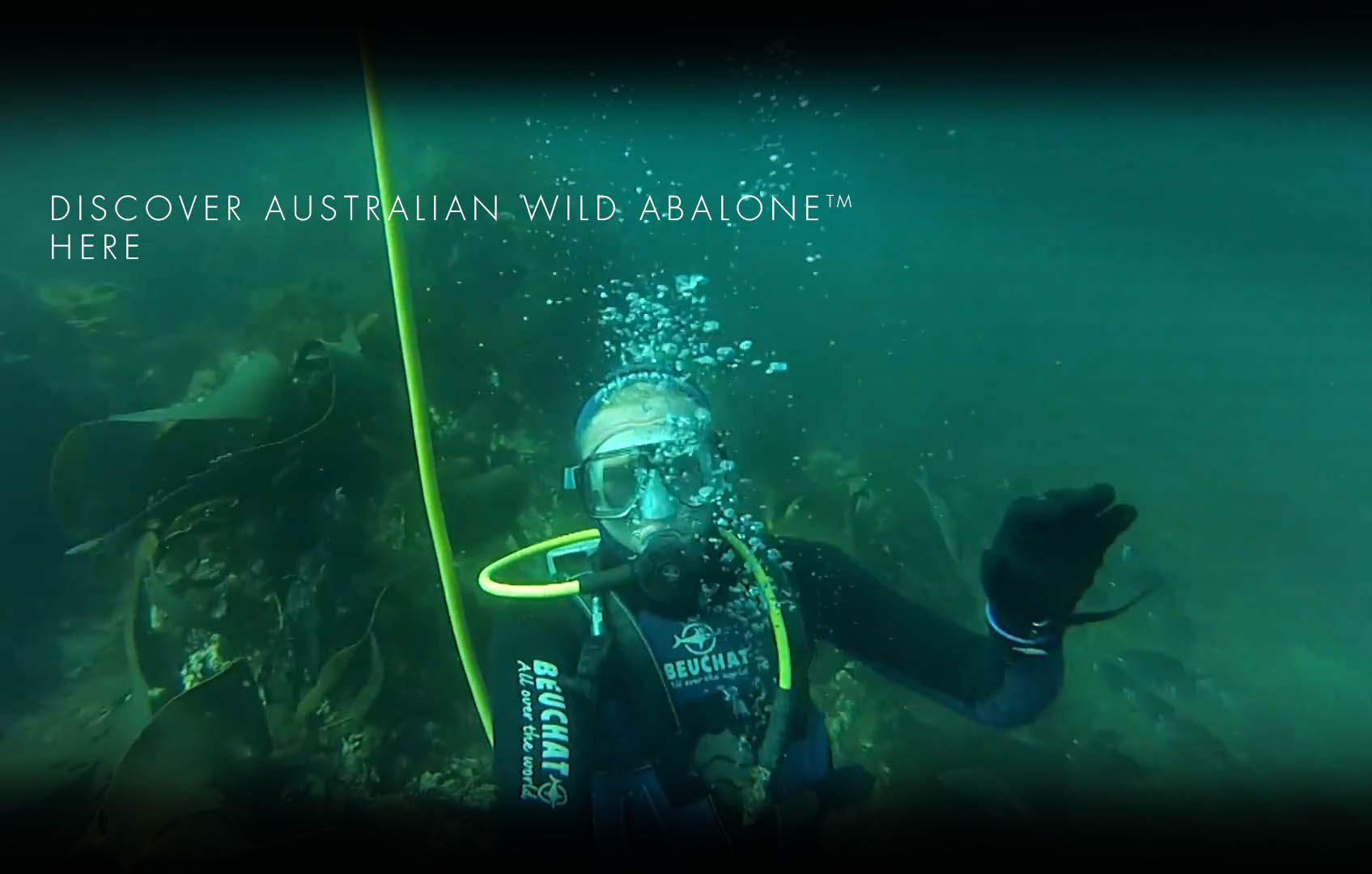Abalone Council Australia Ltd successfully registers Australian Wild Abalone® (AWA®) Certification Trade Mark with the Japanese Trade Marks Office
October 6, 2021
For optimal protection of AWA® IP, it is ultimately preferable to have the AWA® Trade Mark registered in each separate market jurisdiction that we supply product into. ACA Ltd applied some time ago via its Japanese agent for full registration of the AWA® Certification Mark in Japan. ACA Ltd recently received notification that the Japanese…
Abalone Council Australia Ltd (ACA) has successfully registered the AWA® Certification Trade Mark with the World Intellectual Property Organisation (WIPO – www.wipo.int)
October 6, 2021
While the AWA® Certification Trade Mark provides IP protection within the Australian domestic market, it has limited applicability in overseas markets. The best way to protect an industry brand is to register it in the key markets that our product is sold into. If an overseas entity tries to use our AWA® logo to sell…

